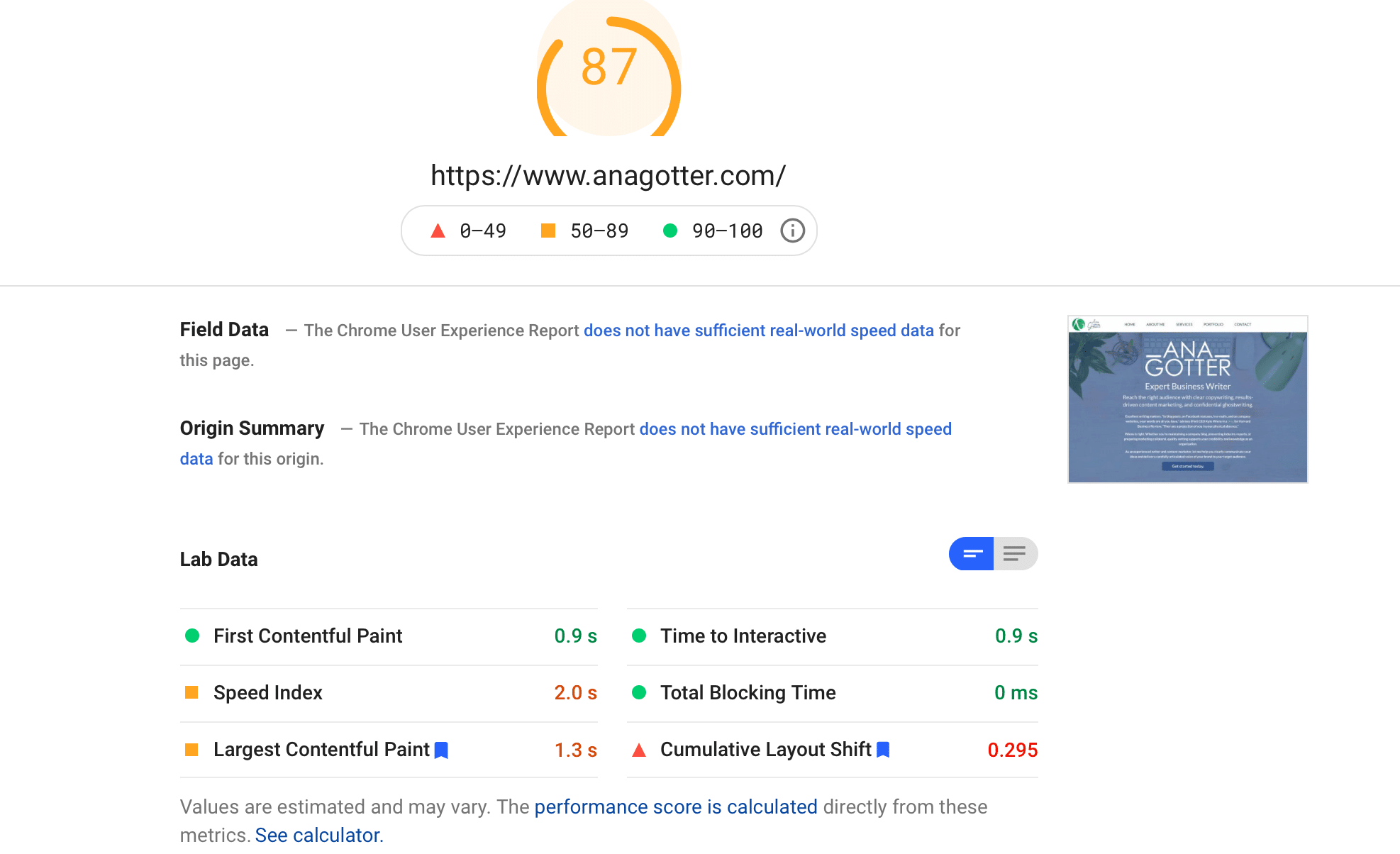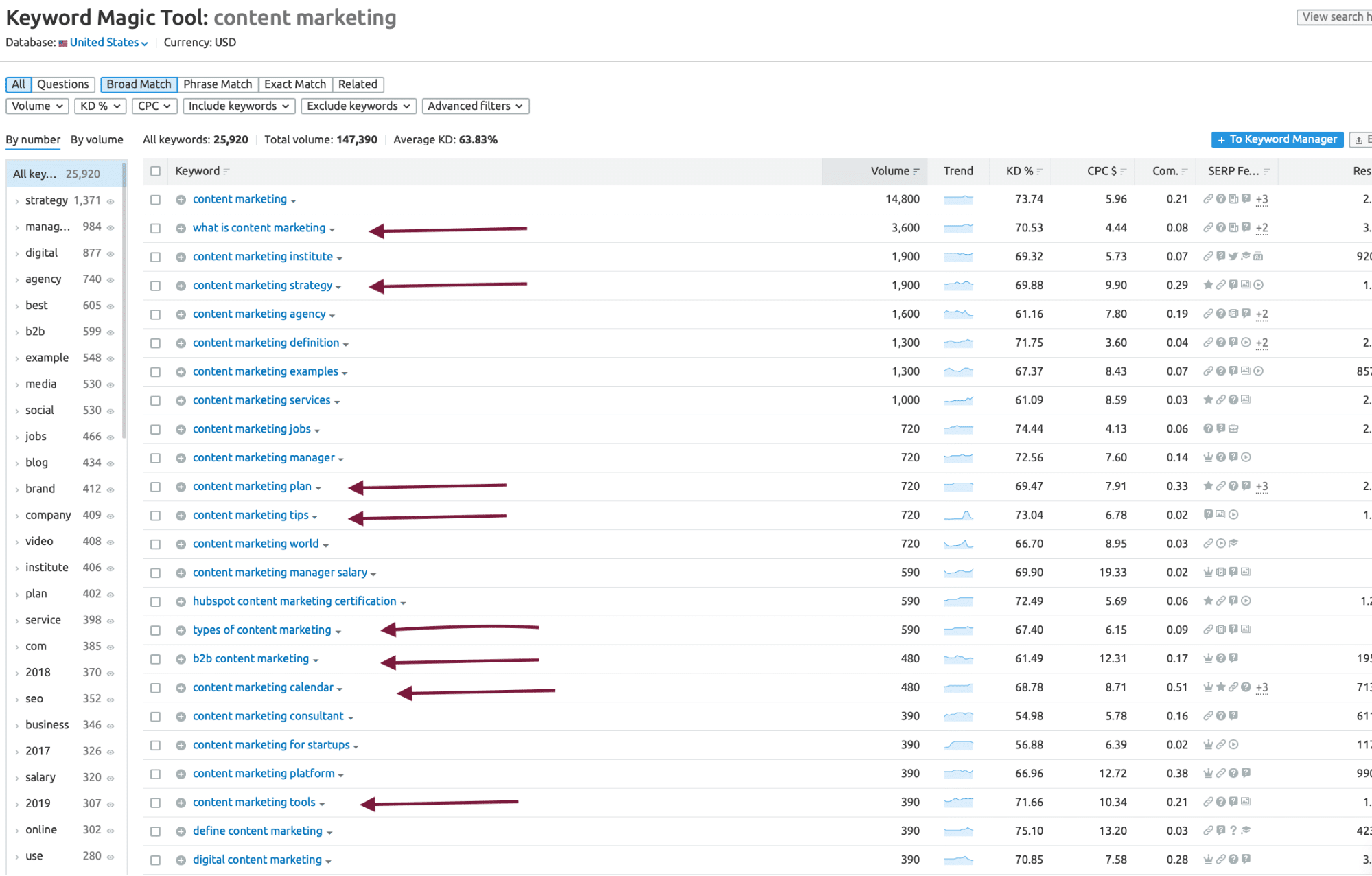
Search engine optimization (SEO) is a priority for many businesses, as it allows them to show up in search engines with potential customers who are actively searching for brands, products, and services like theirs.
The reality is that if you aren’t showing up at the top of those search results, there’s a good chance that your competition will be the ones to get the sale. And since around 93% of buyer journeys first start on search engines, that’s a significant amount of money that could be left on the table.
All businesses understand the importance of SEO, but many clients have come to us after their sites, blog posts, and landing pages have failed to yield significant traffic from search. They do basic keyword research, find a term with high search volume, slap it into a few places in the text, and call it a day.
While SEO is a more involved process than what we’ve listed above, the good news is that the right strategies and tactics can help you create a stronger SEO profile that will benefit your business in the SERPs.
Ready to finally see the results you want? Let’s take a look at seven easy SEO tactics that even total beginners can do. We’re going to use content marketing as the primary example here, but the tactics all work for your site copy, too.
Effortlessly export your Google Docs to WordPress with just 1-click.
Get Started Today
Site loading speed may not be the first thing that you think of when “SEO” comes to mind, but it plays an important role in your performance in search engines.
Google itself has acknowledged that it takes page speed into consideration when ranking pages, especially since slow-loading pages are more likely to have higher bounce rates.
Because of this, you want to ensure that your site is loading fast enough or it could potentially sabotage your other SEO WordPress efforts.
There are a few things you’ll want to watch for in particular that could slow down your page loading speed:
Make sure that you test your site’s loading speeds on both desktop and mobile devices. Both should load in two seconds or less for best performance. Google’s free PageSpeed Insight’s tool can help with this, even offering specific suggestions for what you can do to optimize your site.

Keyword research is of course an important part of SEO, because you can’t rank for searches that you aren’t even optimized for.
Keyword research needs to be carefully executed, however, and conducted specifically for your business, your audience, and your website’s current domain authority level. Although, if you want to analyze a larger volume of keywords, Google Analytics and Google Trends API can help you in gathering all this data automatically for your business.
Your domain authority is a metric Moz will give you that essentially tells you how much “authority” you have in the search engines based on their knowledge of how Google’s algorithms work, and it’s a good guide. A great example is epicaquarium.com. You can see that if we search for epic aquarium the first result is the domain itself.

You’ll get a score from 1-100, while a number of factors go into ranking potential, newer sites with fewer links from high-authority publishers will typically be on the lower end of the scale.
Here’s how that comes into play: You don’t want to simply choose a keyword because it has a high search volume, as that may not work for you. If your domain authority is a 20 and you’re trying to compete for the same high-volume keywords as sites with authority scores closer to 80, you likely won’t even rank on the first page of search results.
Choosing keywords that you can rank for now or in the near future is important to your success. Here are general rules of thumb that can help guide you:
These are just general guidelines, however; if you can really knock a topic out of the water and it gets a ton of attention thanks to social shares, that can help kickstart more traffic to your site and a slew of backlinks.
You aren’t bound by these rules, especially without checking what’s happening in the market, but they can be helpful when you want to start generating more search traffic quickly.
If you’ve been reading up on SEO strategies or tactics, you might have come across the term “keyword cluster.”
This is a strong SEO tactic that some content marketers use to dominate search results for a single keyword and a more general topic.
While there are some variations to this strategy, the gist is that you’ll create “clusters” of related keywords, which all address different user problems or search intent with highly specific topics. You can link between the posts within a cluster, and even create a long-form “pillar post” that links out to the different keywords in the cluster.
If I want to write a keyword cluster around the primary keyword “content marketing,” I’d pull up my keyword research tool to see what pops up.

“Content marketing” with a volume of 14,000 would be the target keyword at the center of the cluster, but the following keywords all have strong search volumes and lower competition, with specific niche topics:
These could each make up their unique post 1000-2000 words long to create a high-potential keyword cluster. This can also help with the content creation process when you’re looking for new ideas.
After you’ve selected your primary keyword, we need to put it to good use. All your other SEO tactics may fall flat if you neglect to optimize your content properly.
Remember that it’s not enough to have a keyword in mind and place it in the title once; you need to show Google that your post can address the user’s search intent. A quick and easy way to do that is to drop that primary keyword into key placements with what I call the fast five.
These are:
Bonus tip: To quickly analyze all the above factors, you can use SEO Checker by Sitechecker.
You can see that the post below optimizes for the keyword “How to do Keyword Research” in both their headline and in their meta description, for example; they do such a good job, they’re the top organic result for a search that isn’t even an exact phrase match.

While you’ll also want to include the primary keyword and secondary keywords in the text itself every so often, dropping them in the placements above can make a big impact.
One mistake a large number of new content marketers make is choosing a single keyword and optimizing only for that keyword.
I write all content with the goal of including at least three strong secondary keywords.
This post, for example, is optimized for the primary keyword of “SEO tactics.” You can search, and find the secondary keywords “SEO strategies,” “SEO tips,” and “SEO tactics for beginners.” These are all relevant to the content of post and can help Google better understand the overall context in the post.
You can look for secondary keywords while conducting your standard keyword research. They’ll be related to your primary keyword, and tools like SEMrush’s SEO Writing Assistant can help you identify additional keywords if needed.
As far as SEO tactics go, this is a great one for beginners because it doesn’t require a ton of extensive research; just common sense.
It’s so important to create content that your audience actually wants to read. That’s particularly important when you’re trying to attract search traffic because it means they’re actively looking for some solution or information. If you aren’t able to deliver what they’re looking for at that moment, they’ll leave.
If I search for “Facebook ad images,” there’s a lot of things I could mean. Maybe I want to see examples of Facebook Ads. Or maybe I want to know about their image guidelines or look for access to images and stock photos I could use for my ad campaigns. The reality is that even though this is a vague search, I as the user want something specific, and I’ll ignore (or quickly leave) any post that isn’t matching my intent.

When I look at “Facebook ad image sizes,” I’m much more specific about what I want; both Google and the brands trying to reach me will have an easier time presenting me with the solution I need.

Keep in mind that if your content isn’t aligned with search intent, people will leave quickly and your bounce rates will soar, hurting your SEO. For this reason, having plenty of content with long-tail, topic-specific keywords that leave little to guess about search intent is a reliable SEO strategy.
Link building can take time, which is why we mention it last, but it’s one of those crucial building blocks of your long-term SEO strategy.
While earning backlinks naturally takes time, you can supplement your efforts with strategic cold email outreach to website owners in your niche.
The next step is briefly introducing yourself and your content, highlighting its value to their audience. If relevant, you can offer to exchange backlinks as well.
You need a strong, diverse backlink portfolio to increase your domain authority over time; carry out a backlink audit before to find out where you currently have the most backlinks, because Google sees sites with great backlinks as more trustworthy and worth featuring high in the SERPs.
While you aren’t in full control of all elements of link building, there are a few concrete steps you can take to help your site get noticed by Google:
Make sure you’re tracking inbound links to your site from others, and remember that when you write and promote high-quality content, link building becomes much easier.
You can even outsource link building to these top link building companies in case you don’t have the bandwidth.
SEO can be complex, and it’s absolutely often a long-term process; for many brands, it may take several months to see significant results. The good news is that the growth is often exponential and compounds over time if you keep up with a strong SEO and content marketing campaign.
Make sure you’re intentional about your SEO efforts, and test out these 7 easy SEO tactics for beginners and experts alike!
Need help scaling your content production to improve your SEO potential? Learn more about how Wordable can help here.